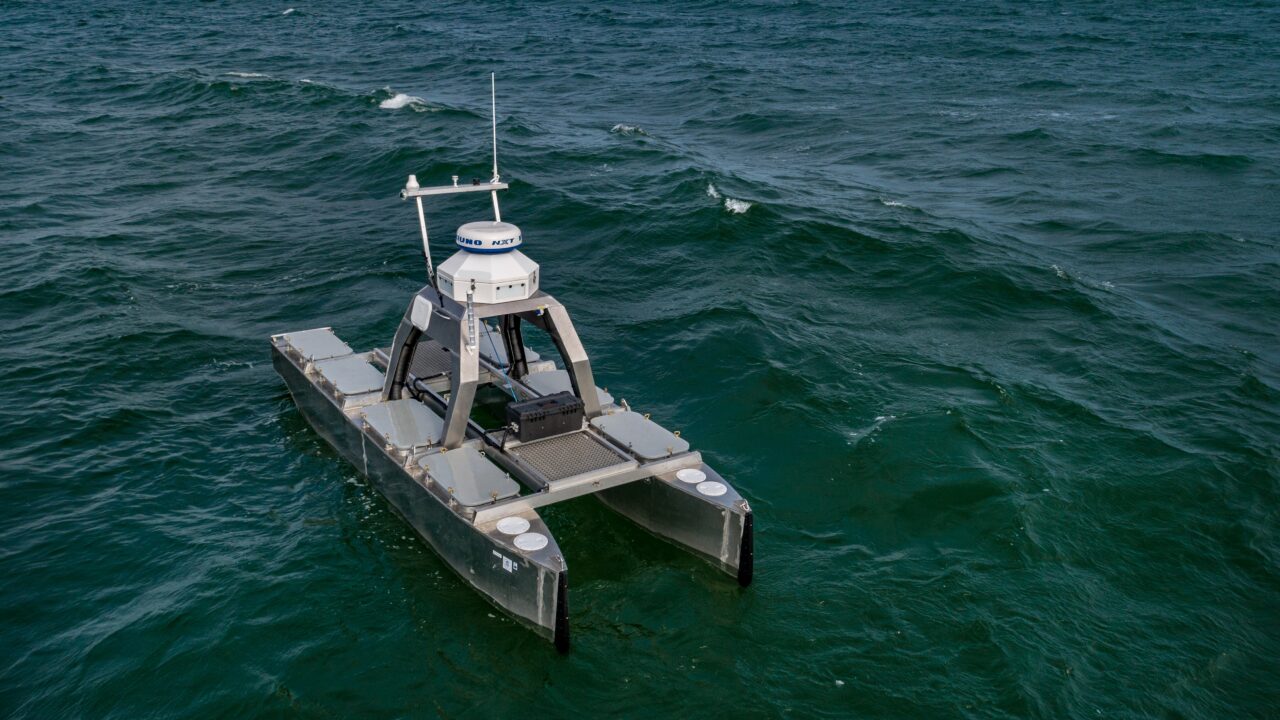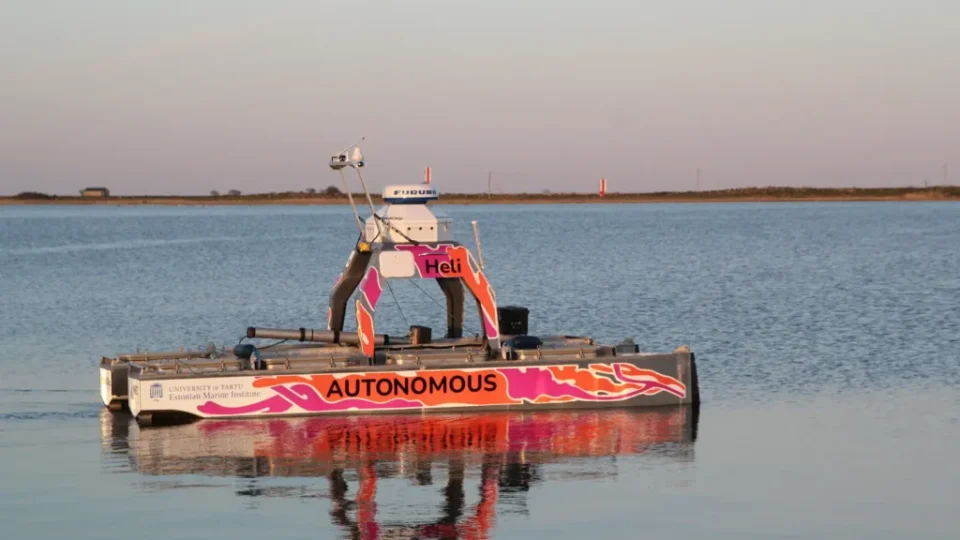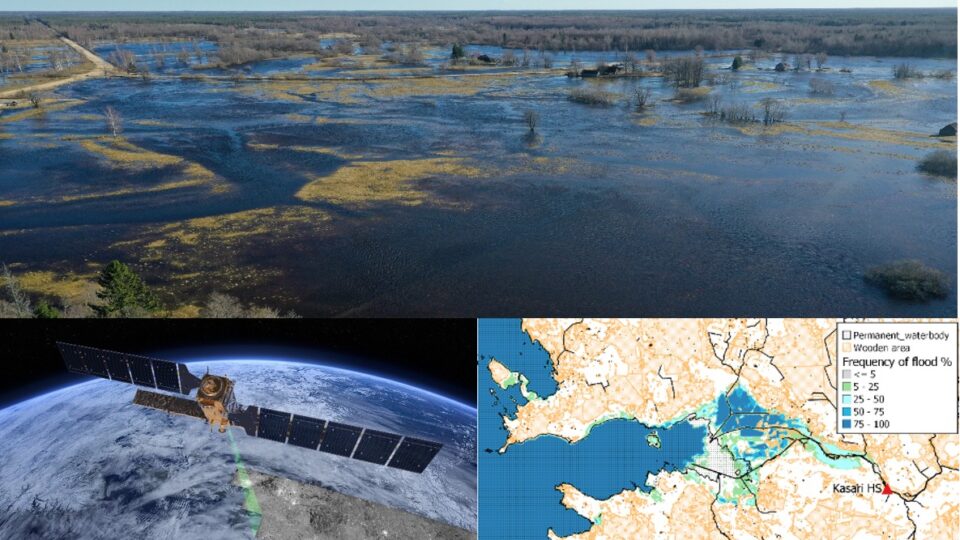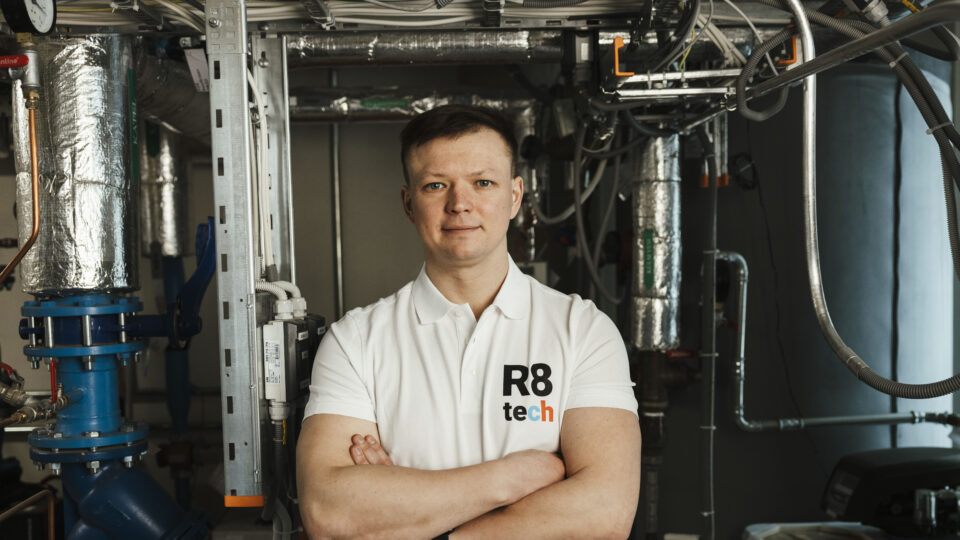“It’s a modular control system that can be installed on any floating platform,” explained Heigo Mõlder, CEO of MindChip and researcher at TalTech’s Department of Electrical Power Engineering and Mechatronics.
The system includes two types of radar, 13 cameras, 4G, WiFi, satellite communication, and a wide array of sensors that enable environmental perception and autonomous decision-making.
According to Mõlder, the control system can be used on both crewed and uncrewed vessels–it can be manually switched between autonomous and manual modes, allowing real-time monitoring of the ship’s surroundings and internal parameters, from battery voltage to motor temperature. All data is sent to the cloud, where machine learning models analyze it and generate predictions–for instance, calculating potential failures or estimating battery depletion.
“It’s a modular control system that can be installed on any floating platform.”
Since current legislation does not yet allow for the widespread deployment of fully autonomous control systems, MindChip is preparing for the future while simultaneously developing and manufacturing autonomous robotic vessels. While the company’s main focus is on AI-based control systems, current special agreements with ports already make it possible to test and refine the technology on smaller vessels.
Broader market access is expected by 2030, when international regulations are anticipated to allow autonomous ships to operate in open waters.
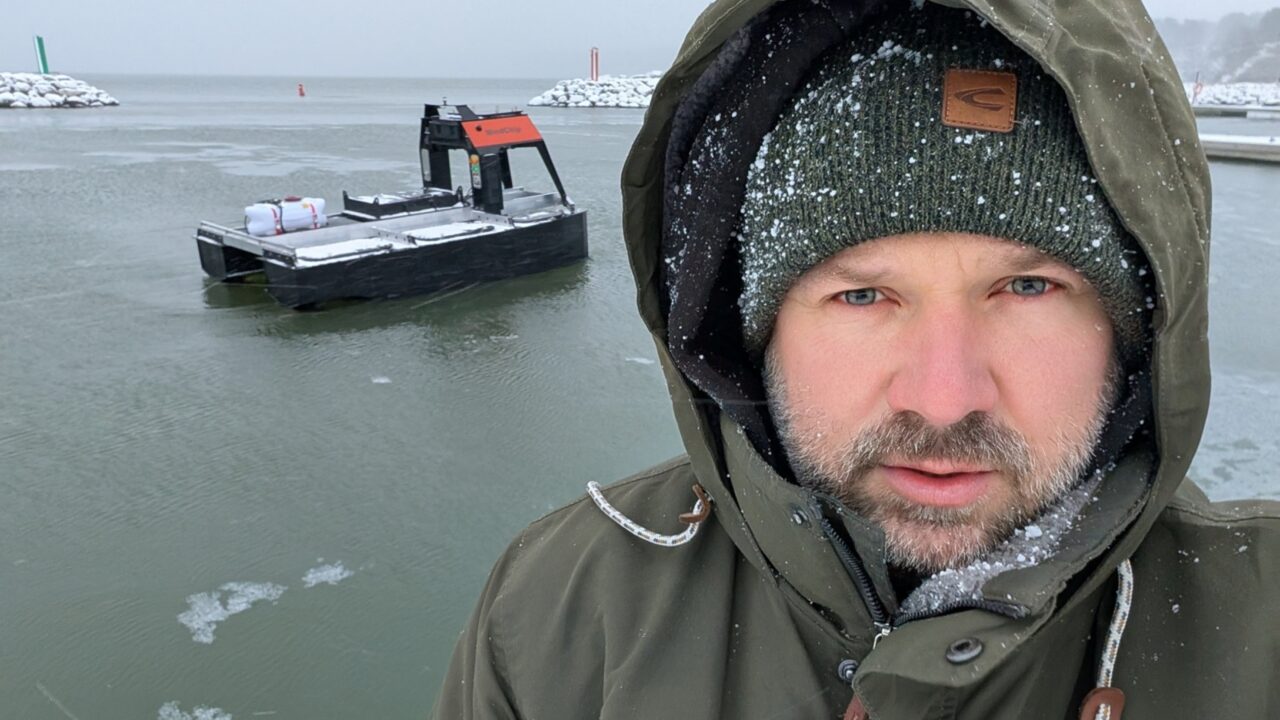
Heigo Mõlder warns: the ability of small countries to influence the development of artificial intelligence will diminish unless they act together—and act fast. Photo: MindChip
Captain 2.0: AI takes the helm
In the future, the captain may no longer be a person standing on the bridge, peering through binoculars toward the horizon. The adoption of artificial intelligence is set to fundamentally reshape the maritime industry: the captain’s role will shift from direct control to supervision and decision validation. “Right now, one operator monitors a single robotic vessel. In the future, that same person will oversee six or seven,” said Mõlder. This shift makes workforce use more efficient and allows people to focus on higher-level tasks.
“Right now, one operator monitors a single robotic vessel. In the future, that same person will oversee six or seven.”
An AI-powered captain offers several advantages over a traditional one: it doesn’t tire, doesn’t make human errors, constantly monitors all sensors, and can react to changing conditions within seconds. Additionally, a machine learning–based control system is capable of learning from every mission, continuously improving its decision-making capabilities. As a result, the maritime sector becomes safer, operations more cost-effective, and many labor-intensive tasks can be transferred to autonomous systems.
According to Mõlder, collaborative autonomy–also known as “swarming”–will become increasingly important in the near future. In this model, multiple robotic vessels work together, share data, and can take over one another’s tasks when needed. This is especially critical in areas such as defense, border control, and the monitoring of underwater infrastructure.
Autonomy at sea: cleanup, patrol, and prototypes
To date, MindChip has built three robotic vessels, the latest of which is designed to clean up trash and respond to oil spills in harbors. “It works like an ocean-going robot vacuum–it navigates autonomously and detects debris and oil pollution,” explained Mõlder.
Since harbor masters have the authority to decide which types of vessels operate in their ports, harbors have become ideal testbeds for autonomous robots. MindChip’s robotic vessels have already been used for tasks like fish stock monitoring–an operation that previously required the constant presence of several people working in shifts. “Now the entire process can be monitored remotely by a single operator at a computer. Routine tasks like these are a perfect match for autonomous systems.”
MindChip is also developing solutions for the defense sector, where the deployment of autonomous systems is not restricted by civilian regulations. The company’s first prototype for defense applications is currently in its final development stage and is set to be presented in the coming months. “Autonomous vessels offer a major advantage in defense missions–they help keep people out of dangerous areas and are ideal for performing repetitive and routine tasks, such as reconnaissance or supply missions,” Mõlder explained.
“Autonomous vessels offer a major advantage in defense missions–they help keep people out of dangerous areas and are ideal for performing repetitive and routine tasks, such as reconnaissance or supply missions.”
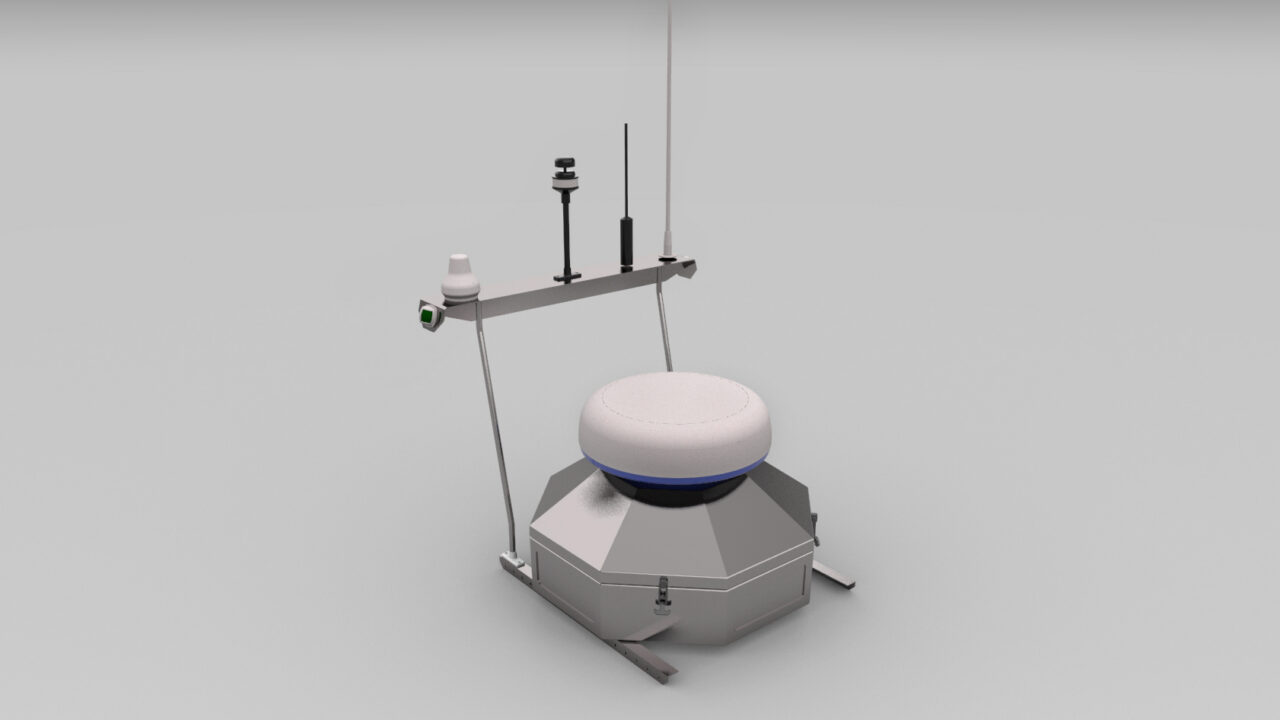
An AI captain has several advantages over a traditional one: it doesn’t tire, doesn’t make mistakes, constantly monitors all sensors, and can react to changing conditions in seconds. On top of that, the machine learning–based control system learns from every mission and improves its decision-making over time. The result is a safer shipping industry, more efficient operations, and the transfer of many labor-intensive tasks to autonomous systems. Photo: MindChip
MindChip brings Estonian technology to the global stage
In addition to environmental monitoring, MindChip is working on solutions that combine robotic vessels with satellite measurements. In collaboration with the European Space Agency, a pilot project is underway in which a robotic vessel is deployed to measure seafloor depth in a specific area, helping calibrate satellite data. This makes it possible to collect accurate bathymetric data from large areas quickly and cost-effectively.
Another ongoing initiative focuses on developing an autonomous ferry intended to operate between England and the Netherlands. As part of the Horizon Europe program, MindChip is contributing to the development of an AI-based evaluation system that will enable certification of autonomous vessels in terms of safety and technical performance. “In the long run, robots will need to be certified too–and there’s no better way to assess one AI than with another AI,” noted Mõlder.
MindChip recently filed a European-level patent application for a self-adaptive AI captain—a move that has already attracted considerable interest, according to Mõlder.
While legislation is still evolving, MindChip sees strong growth potential for AI-based captains. The company is currently seeking investment to accelerate development and scale existing products. “In Europe alone, there are around 500 ports in need of robotic vessels to handle waste and oil pollution–not to mention the broader range of applications for maritime robotics.”
Mõlder believes autonomous robotic vessels will become indispensable tools in both civilian and defense sectors in the coming years. “They’re reliable, cost-effective, and ready to work around the clock. Machines don’t get tired, they don’t ask for salaries or coffee breaks. Our goal is to build a captain whose decisions are precise.”
“They’re reliable, cost-effective, and ready to work around the clock. Machines don’t get tired, they don’t ask for salaries or coffee breaks. Our goal is to build a captain whose decisions are precise.”

